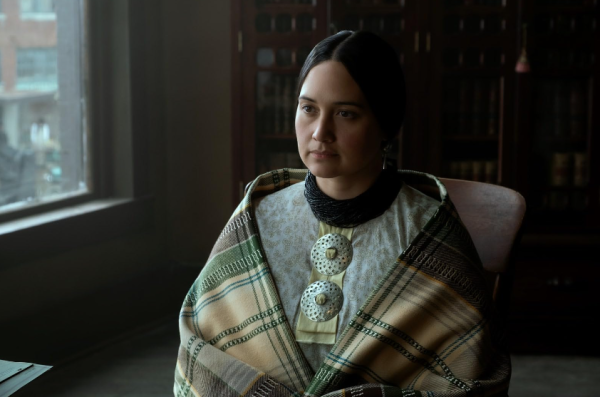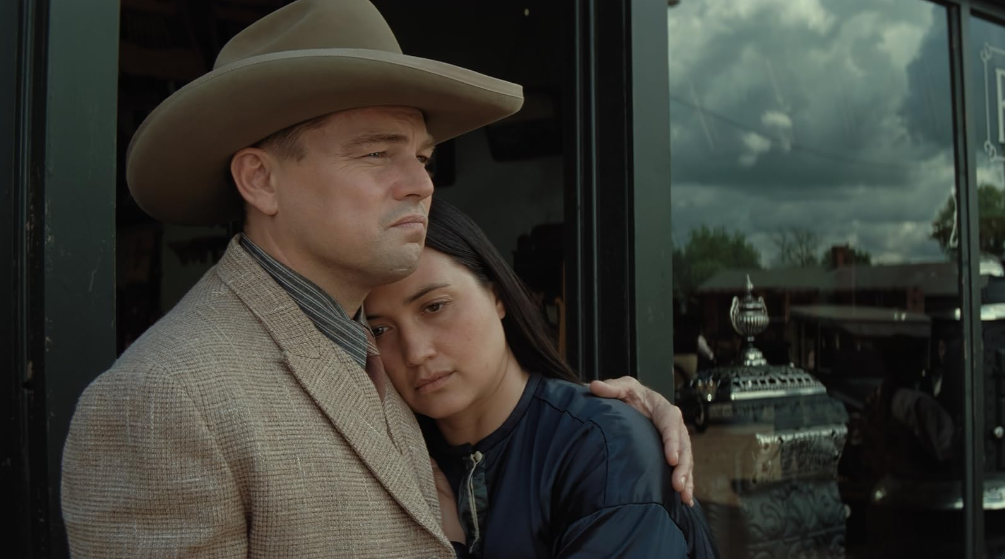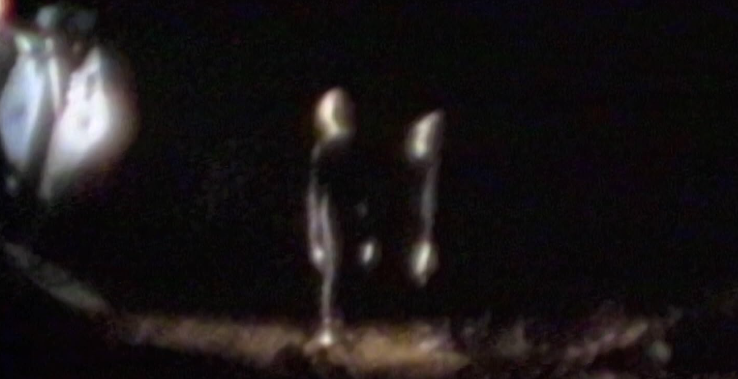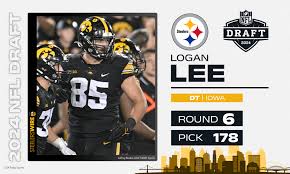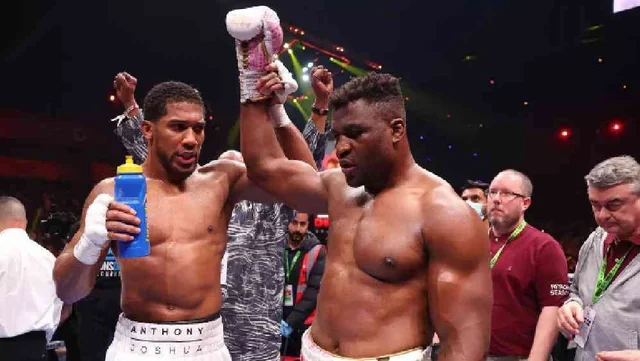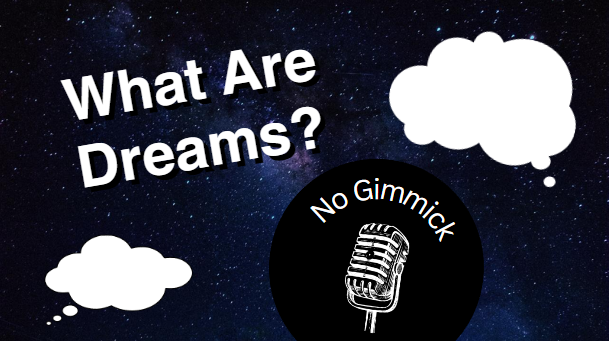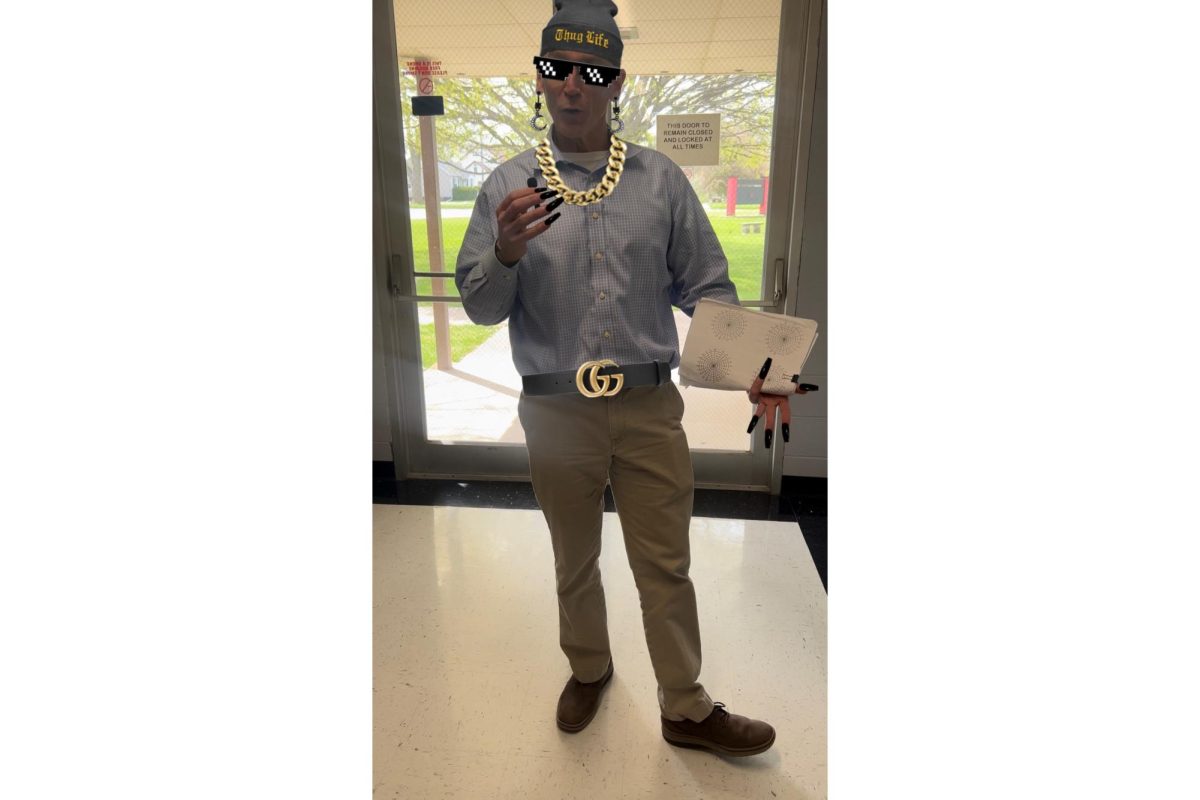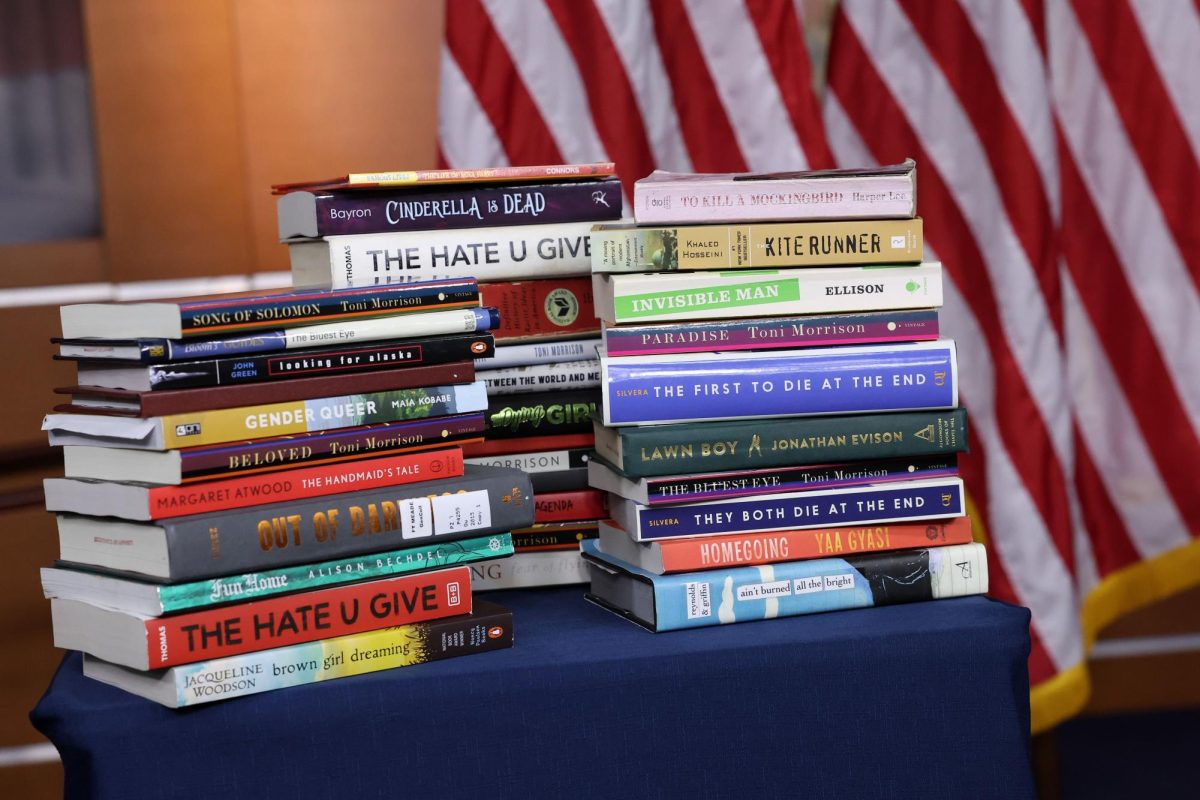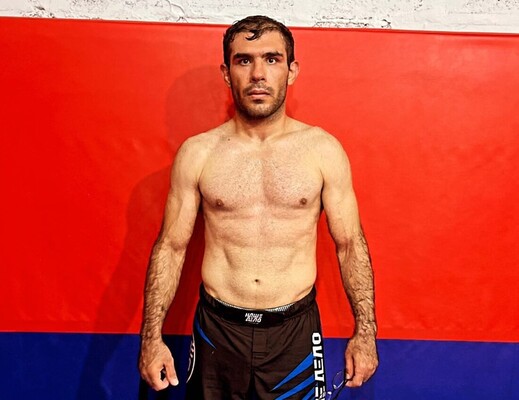Warning: spoilers for Killers of the Flower Moon
Martin Scorsese is easily one of the most acclaimed directors of all time. I can think of very few who have reached his level of respect and consistency; seemingly everybody unanimously agrees that he’s one of the greatest artists in the history of film. Killers of the Flower Moon is his latest film, and although I’ve really only seen a few of Scorsese’s movies, I feel that it’s probably one of his best. I had been anticipating this one for awhile, but the moment I realized that Killers was really going to be something was when I sat down to watch Oppenheimer in the theater earlier this July, and witnessed one of the best film trailers I’ve ever seen. After following this film very closely for over a year, it’s really nice to see it turn out as good as I hoped it would. There were universally very high expectations for it, and Scorsese delivered on all of them, as expected. Even at the age of eighty, he’s able to deliver a film that shook me to my very core; watching these vile human beings exploit and slaughter the innocent Osage tribe was devastating to watch.
However, before we get into a real analysis, one thing must be addressed: the film’s lengthy runtime. Of course, there has been discourse surrounding this (and also Oppenheimer) because people can’t seem to stand long movies. Saying that a movie is too long isn’t necessarily a bad criticism, but people never utilize it correctly. I think that the easiest example of this critique are some of the blockbusters we’ve been getting recently; films like Jurassic World Dominion, Transformers: Rise of the Beasts, and Godzilla: King of the Monsters are overly bloated, and, quite frankly, boring. They could all benefit from better pacing, tighter scripts, or just a shorter runtime. Stating that Killers of the Flower Moon was too long makes me almost instantly discredit that opinion, as it just reads like the critic saw the runtime, thought it was too long, and went in with that mindset. As Roger Ebert once said, “A good movie is never too long, and a bad movie is never too short”. Killers absolutely requires its over 200 minute runtime; the social commentary Scorsese is providing feels very urgent and relevant, and the over-two-hundred-page script is essential to this. The story is so large and sprawling that it makes the runtime completely understandable; so many subplots and side characters are able to coexist and intertwine with each other, all working towards a truly memorable finale. As I was sitting in my local AMC’s extremely uncomfortable seats for three and a half hours, not once did I get bored, or feel that the film could have done without a particular scene. I thought Killers felt like it was two hours long. Nothing feels unnecessary or out of place, and any shorter runtime would have been a disservice to a story this powerful and important.
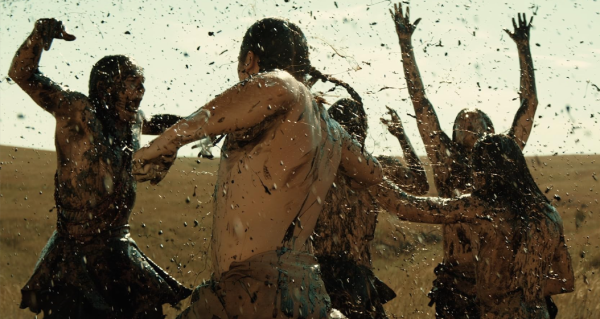
The film opens with a group of Osage burying a ceremonial pipe, mourning the future assimilation of their children with the white population that’s slowly taking over more and more land around them. Shortly after, we see a group of Osage men, wandering through their Oklahoma reservation, discover oil seeping from the ground. The oil shoots into the air, and the men dance in it, letting it cover their bodies. This oil is a showcase of what’s to come: it makes the Osage very rich, but it also leads to the death of countless members of their tribe. The way the oil stains their bodies is very reminiscent of the brutal injuries many of them will sustain throughout the film. This works to instantly establish Killers‘ themes; it foreshadows the fortune and hardships that would come with this discovery of oil, and sets the tone present throughout the film. This is also the first time the setting is shown, presenting the dry landscape of the Osage Nation in Oklahoma. The landscape shots shown throughout the film are mixed with the interiors of businesses in the nearby town of Fairfax, which are often shady and dangerous, just like the town’s inhabitants.
One of the main things that has stuck out to me and many others is, of course, the brilliant performances. Lily Gladstone is easily the most notable- Mollie is the emotional core of the movie, and I genuinely hope she wins an Oscar for her performance. She plays the character with so much firmness and stoicism that the moments where she does break down are that much more impactful. Her silent strength makes it difficult to believe she would ever marry Ernest, a truly pathetic character. Leonardo DiCaprio does give a great performance, playing a type of character I haven’t seen from him before. Leo has portrayed bad people a couple of times, but I can’t recall a single role of his where he hasn’t been very bright. DiCaprio makes him seem so helpless and stupid; he never thinks for himself, and only does whatever his uncle tells him to. Many moments focus on his facial features trying to interpret simple instructions given to him, before he repeats them back to Robert De Niro, trying to grasp what he’s being told. While intentional, it’s the most unattractive Leo’s ever looked, which is very ironic, as several characters call him handsome many times. You almost feel bad for Ernest at times, as his uncle, William Hale, does take advantage of him, but it becomes difficult after you watch him carry out so many terrible acts. DiCaprio is generally playing a sharp or quick-witted character, so seeing him in this role was an interesting change of pace. De Niro’s portrayal of William Hale was fantastic, as well. He’s playing somebody with absolutely no redeeming traits; It’s painful to watch him pretend to be an ally to the Osage while secretly being the mastermind behind the whole operation. Hale is a deeply evil and greedy antagonist, and he makes for a very effective one.
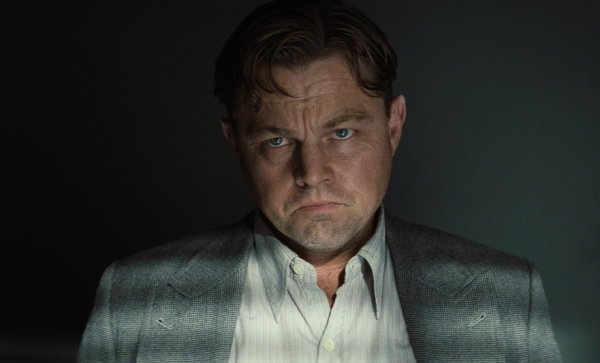
The Osage murders of the 1920’s is a topic not often focused on, and it’s amazing that a movie this big by a director like Scorsese was able to be made. It shines a light on a truly horrific event in America’s history, and has already opened up many discussions about the murders. I have not yet read the book, but from what I understand, there’s a much larger focus on Jesse Plemons’ character, Tom White. As a Jesse Plemons fan, this would have definitely been interesting to see, but I’m happy Scorsese chose to put the focus more on the Osage. It’s a movie about a string of brutal murders committed against a group of indigenous people, and a large subplot of the movie shouldn’t be focused on a white detective who doesn’t even want to be there. Watching White interact with the inhabitants of this reservation gives the impression of somebody who really doesn’t care all that much; the only reason he even went with Mollie was because the Osage scraped up $25,000 to give the government. Making Tom White a main character in the final portion of the film would have taken away from the film’s purpose, which is to show the evil of those that committed these crimes, and the feeling of carelessness many had towards them at the time.
The finale of Killers of the Flower Moon is one of the most moving scenes I have witnessed in any film this year. As the final act is wrapping up, you’d expect it to show Ernest and Hale getting their comeuppance in some way, and Mollie dealing with the weight of what has happened to her. Instead, Scorsese goes in a completely different direction, and shows the aftermath being detailed through a radio show, seemingly after they’ve done a deep dive into the rest of the film’s events. We learn of Ernest and Hale’s eventual release from prison on parole, and Mollie’s death from diabetes at the age of fifty. Right before the credits roll, good ol’ Marty comes out for a cameo, making himself a part of the radio show. As I’ve stated, many scenes throughout show Scorsese’s interest and respect for Osage culture, but I believe that he is attempting to speak directly to the audience in this scene. He shows a lot of self awareness here; obviously, Scorsese is a white man, and he realizes that this isn’t really his story to tell. The radio show demonstrates how this story was stolen from the Osage, just like the oil, money, land, and lives were. It’s a very bold move, but I have a lot of respect for what Scorsese does with this finale. He knows exactly what he’s doing, and I’ve never seen a director try to speak with an audience in a way quite like this.
I am not exaggerating when I say that Killers of the Flower Moon is a genuine masterpiece. Like I said before, I’ve only seen a handful of Scorsese’s other work, but I plan on changing that very soon, partially because of this film. Don’t let the runtime scare you away; this is an absolute must-watch. And, if sitting in a theater for that long is a problem for you, it will be on Apple TV+ when the theater run is over. It’s not my favorite of the year, but it’s easily one of my three favorites, and I don’t see that changing.
